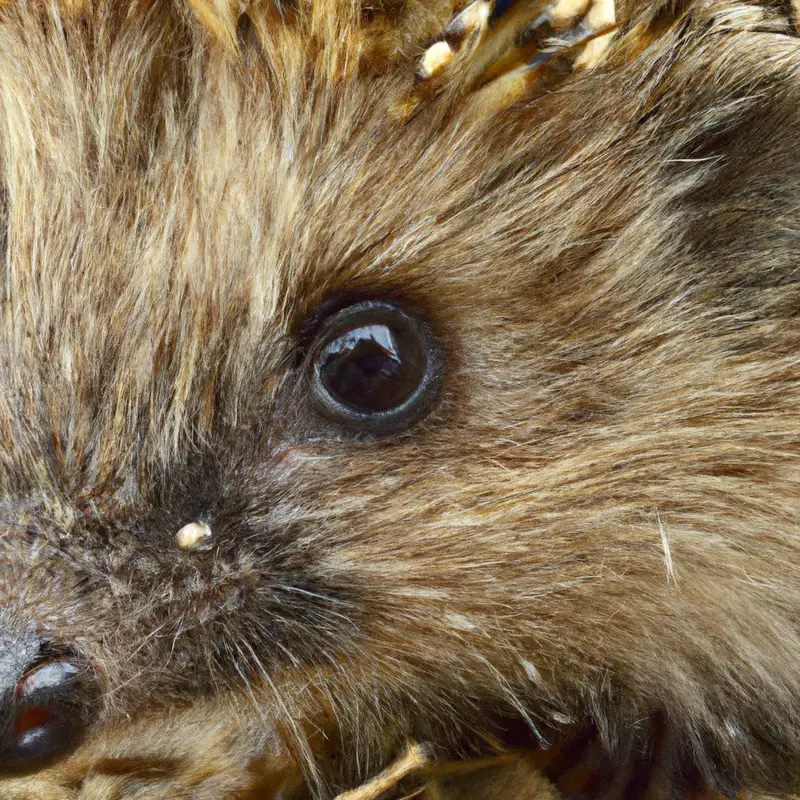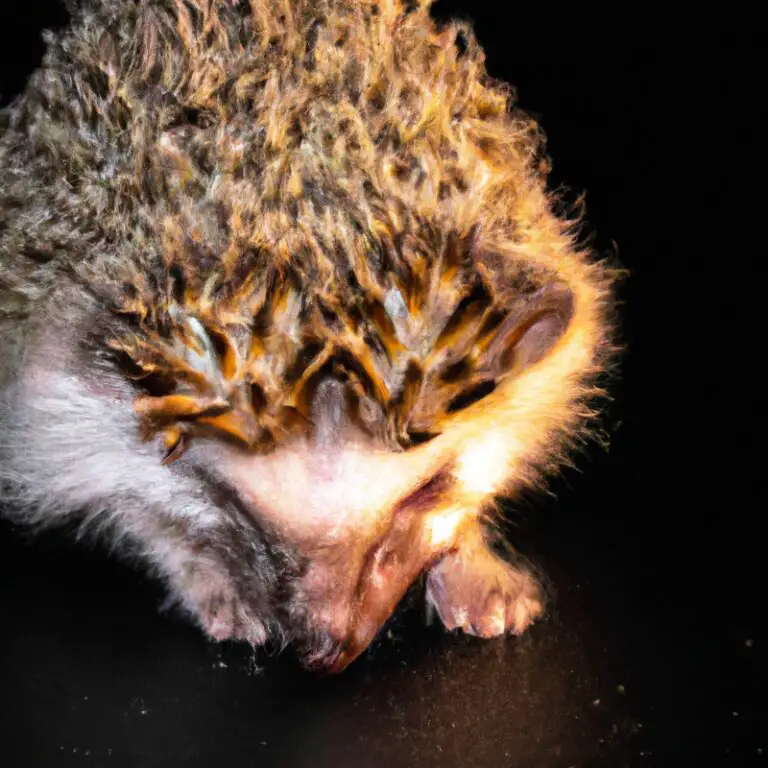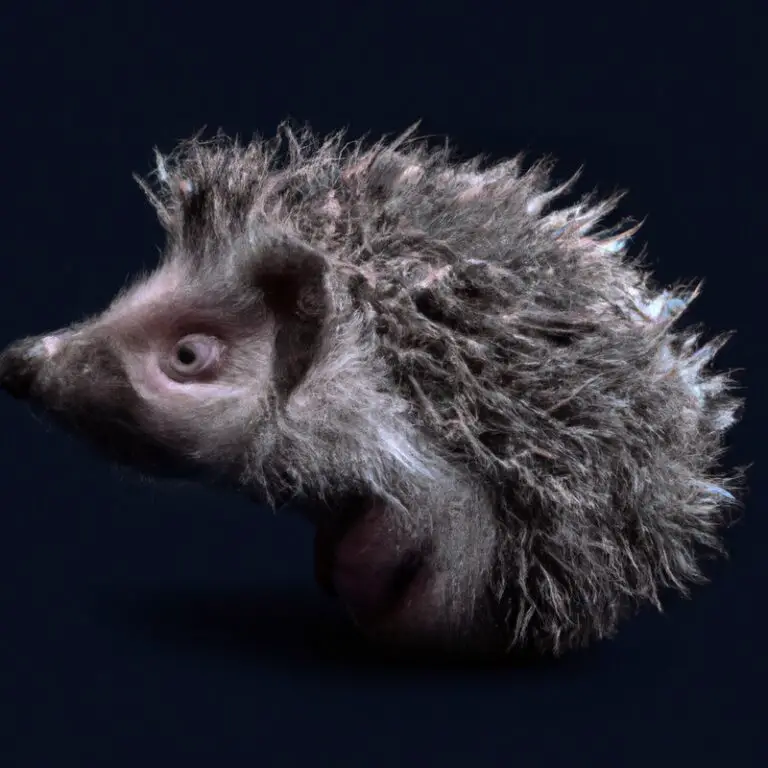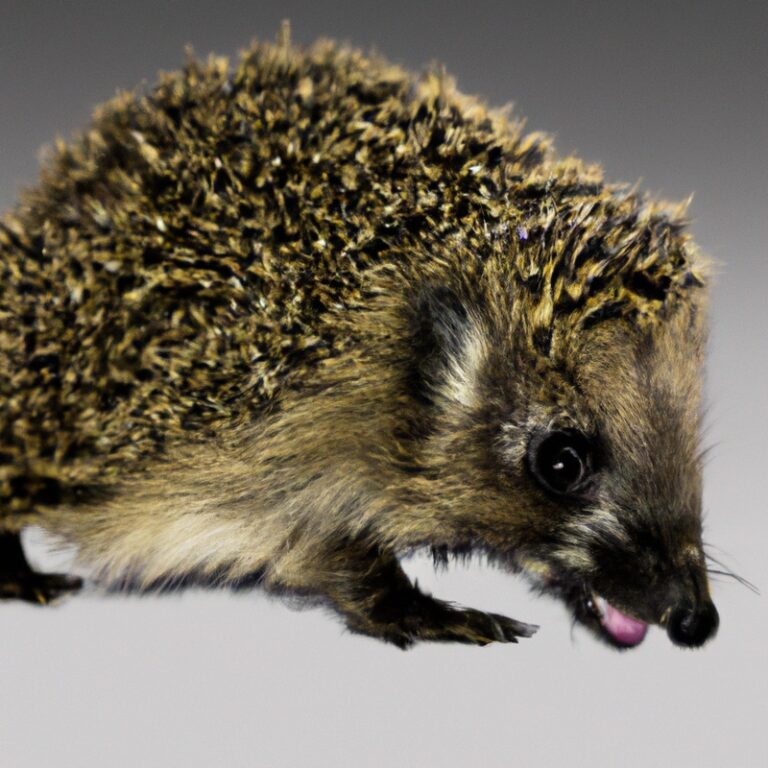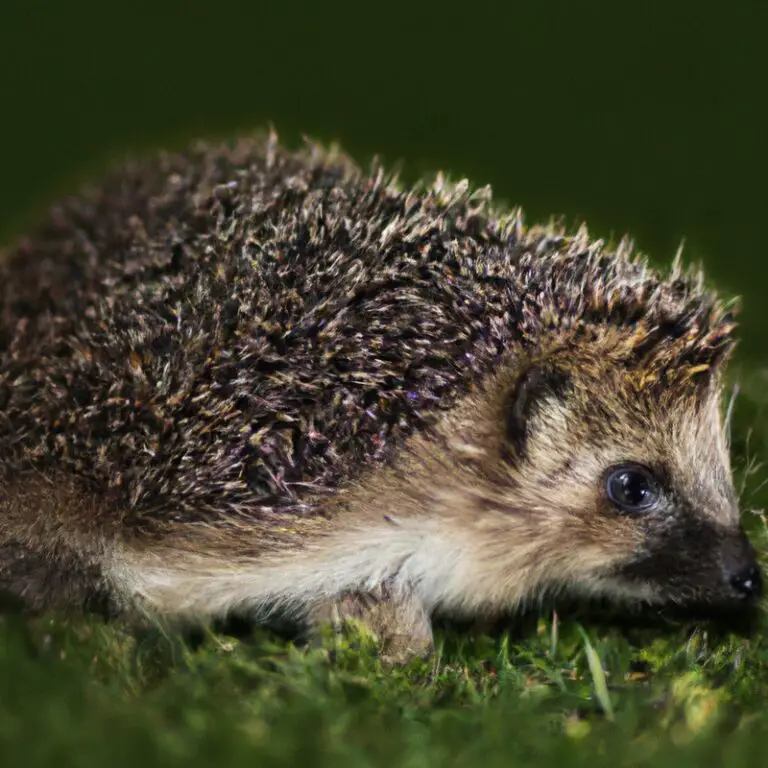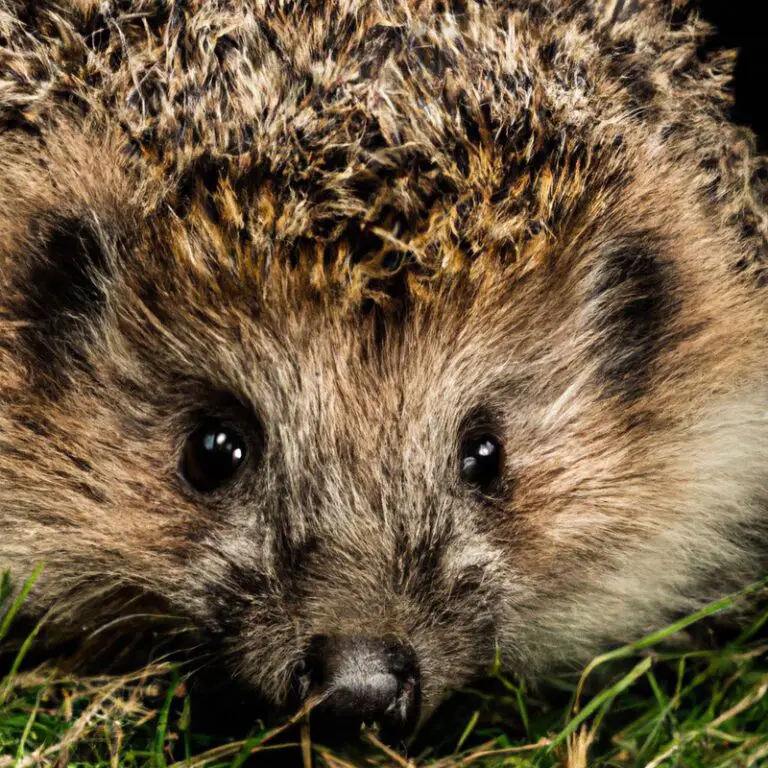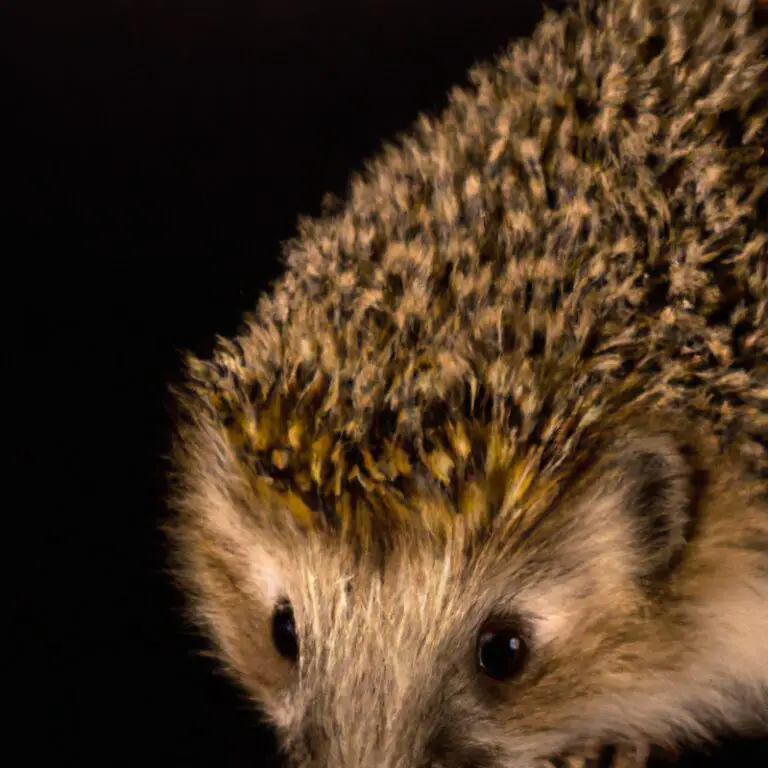What Are The Different Hedgehog Species?
Key Takeaways:
- There are 17 known species of hedgehogs worldwide.
- Hedgehog species vary in size, ranging from 4 to 17 inches long.
- Different hedgehog species inhabit various parts of the world, including Europe, Africa, and Asia.
- Each species of hedgehog has distinct physical characteristics and behaviors.
Are you curious about the diverse world of hedgehogs? These adorable spiky creatures come in various shapes, sizes, and temperaments.
In this article, we’ll take a closer look at some of the different hedgehog species you may encounter.
From the tiny and popular African Pygmy Hedgehog to the European Hedgehog, Four-Toed Hedgehog, Long-Eared Hedgehog, and more, each species has its own unique characteristics, habitats, diets, and behaviors. Whether you’re considering a hedgehog as a pet or simply want to learn more about these intriguing animals, we’ve got you covered.
Let’s dive in and explore the fascinating world of hedgehog diversity!
| Hedgehog Species | Scientific Name | Characteristics |
|---|---|---|
| African Pygmy Hedgehog | Atelerix albiventris | Small size, various coat colors, nocturnal |
| Eastern European Hedgehog | Erinaceus concolor | Medium size, spiky coat, omnivorous |
| Amur Hedgehog | Mesechinus dauuricus | Small size, long spines, primarily insectivorous |
| Long-Eared Hedgehog | Hemiechinus auritus | Medium size, prominent ears, desert-dwelling |
African Pygmy Hedgehog
The African Pygmy Hedgehog is a small hedgehog species known for its adorable appearance.
Appearance
Appearance plays a significant role in differentiating hedgehog species.
Hedgehogs vary in size, color, and patterns.
The African Pygmy Hedgehog, for example, is small and has quills that cover its body.
It typically has a mix of dark and light colors on its quills, which can vary from brown to gray.
European hedgehogs, on the other hand, are larger and have a spiky coat that is predominantly brown or gray.
These distinct appearances make it easier to identify and appreciate the unique beauty of each hedgehog species.
Habitat
Habitat: Hedgehogs can be found in a variety of habitats around the world.
They prefer areas with plenty of vegetation, such as forests, woodlands, and grasslands.
Some species, like the European hedgehog, also adapt well to suburban gardens.
Hedgehogs build nests in dry, sheltered areas like hollow logs, under bushes, or in piles of leaves.
Their habitats provide them with access to food sources, such as insects, worms, and small rodents.
It’s important to preserve and protect these habitats to ensure the survival of hedgehog populations.
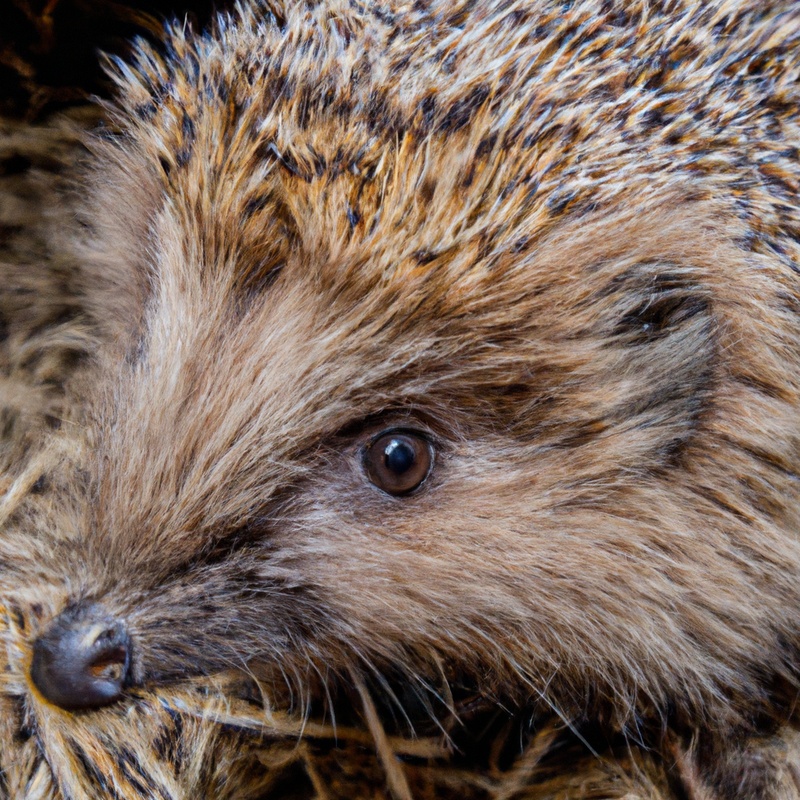
Diet
The diet of hedgehogs varies depending on the species. In general, they are insectivores, meaning their diet primarily consists of insects.
They also eat small vertebrates like frogs and reptiles, as well as some plant matter.
Some species of hedgehogs are known to eat carrion as well. It’s important to provide a balanced diet for pet hedgehogs, which can include commercial hedgehog food, insects, fruits, and vegetables.
It is crucial to avoid feeding them foods that are high in fat or sugar, as it can lead to health issues.
Behavior
Hedgehogs, including the African Pygmy Hedgehog, are known for their unique and interesting behaviors.
They are nocturnal creatures, meaning they’re most active during the night.
Hedgehogs also have the instinct to roll into a ball when they feel threatened, with their spiky quills serving as protection.
They are solitary animals that prefer to live alone and will fiercely defend their territory if another hedgehog enters.
Hedgehogs are excellent climbers and can scale various obstacles with ease.
Additionally, they have a keen sense of smell and use it to navigate their surroundings and locate food.
European Hedgehog
European Hedgehog is a common species found in Europe known for its spiky appearance.
Appearance
The appearance of hedgehogs varies depending on the species.
Generally, hedgehogs are small and covered in spines, which serve as their primary defense mechanism.
The spines can be brown, black, or gray in color, and are often tipped with white or yellow.
Hedgehogs have a rounded body shape with a short tail.
Their faces feature a pointed snout, small eyes, and ears that are typically hidden beneath their spines.
Overall, hedgehogs have a distinctive and adorable appearance that makes them easily identifiable.
Habitat
Habitat: Hedgehogs can be found in a variety of habitats, including woodlands, meadows, gardens, and even urban areas.
They prefer areas with plenty of cover, such as dense vegetation, shrubs, and fallen logs.
They like to make their nests in dense undergrowth or underground burrows.
It’s important to provide them with safe spaces to hide, as well as access to food and water sources.
Creating a hedgehog-friendly habitat in your own garden can help support these adorable creatures.
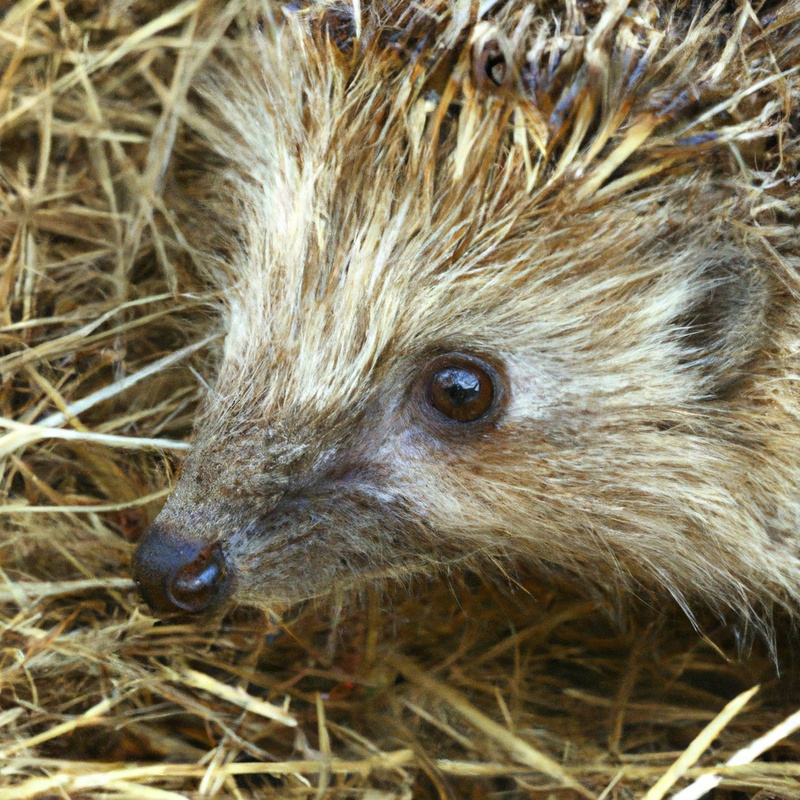
Diet
When it comes to the diet of hedgehogs, they are mainly insectivores. Their diet primarily consists of insects like beetles, crickets, and worms.
They also eat small frogs, snakes, and even mice if they can catch them.
Some hedgehogs may also consume fruits, vegetables, and even cat food. It’s important to note that feeding them a balanced and nutritious diet is crucial for their overall health and well-being.
Providing a variety of food options ensures that they receive all the necessary nutrients they need.
Remember to avoid feeding them any toxic or harmful foods.
Behavior
Hedgehogs are known for their unique behaviors. They are nocturnal creatures who usually sleep during the day and become active at night.
Hedgehogs are excellent climbers and can maneuver through various terrains.
They are also skilled diggers and enjoy creating burrows for shelter and food storage. One fascinating behavior is their ability to roll into a tight ball when feeling threatened, using their spines as protection.
Hedgehogs are generally solitary animals, preferring their own company.
However, during breeding season, males may engage in territorial battles. Overall, hedgehogs exhibit interesting and adaptive behaviors that help them survive in their natural habitats.
Four-Toed Hedgehog
The Four-Toed Hedgehog is a type of hedgehog known for its unique appearance and behavior.
Appearance
The appearance of hedgehogs can vary between species, but they typically have spiky quills covering their bodies.
These quills serve as protection from predators and can range in color from light brown to dark brown.
Hedgehogs also have small, beady eyes and a long snout.
Their ears are often hidden under their quills and they have short legs with sharp claws for digging.
Hedgehogs come in different sizes, with some species being larger than others.
Overall, they have a distinct and adorable appearance that has made them popular pets.
Habitat
Habitat: Hedgehogs have a vast range of habitats, varying depending on the species. They can be found in grasslands, forests, deserts, and even urban areas.
These adaptable creatures create nests in burrows, hollow logs, rock piles, or under shrubs to find shelter and protection.
Hedgehogs prefer areas with plenty of vegetation and a diverse food supply, as they are omnivorous creatures. They can coexist with humans as long as there are suitable hiding places and food sources available.
Diet
Hedgehogs have a varied diet consisting of insects, fruits, vegetables, and occasionally small vertebrates. They are primarily insectivores, so foods such as mealworms, crickets, and beetles are important parts of their diet.
Fruits like apples, bananas, and berries provide them with essential vitamins and nutrients.
Hedgehogs also enjoy vegetables like carrots and leafy greens. However, it’s important to avoid feeding them dairy, processed foods, and high-fat treats, as these can be harmful to their health.
A balanced and varied diet is key to keeping your hedgehog healthy and happy.
Behavior
Hedgehogs are known for their unique and interesting behavior.
They are nocturnal creatures, which means they are most active during the night.
During the day, they prefer to sleep in hidden places like burrows or under bushes.
When they feel threatened, hedgehogs will curl up into a ball to protect themselves, using their sharp spines as a defense mechanism.
They are also known to make a variety of sounds, including hissing, snorting, and chirping.
Hedgehogs are solitary animals and prefer to live and forage alone.
They are curious by nature and will often explore their surroundings, sniffing and investigating anything that catches their attention.
In terms of diet, hedgehogs are insectivores and primarily feed on insects, worms, and other small invertebrates.
They have a keen sense of smell and can locate their prey easily.
Hedgehogs are not aggressive by nature, but they can become stressed if handled too roughly or exposed to a lot of noise and commotion.
It’s best to observe them from a distance and let them go about their natural behavior undisturbed.
Long-Eared Hedgehog
The Long-Eared Hedgehog is a species of hedgehog known for its distinctive long ears.
Appearance
The appearance of hedgehogs varies depending on the species.
The most common hedgehog species, the Western European hedgehog, has a round body covered in sharp spines that can range in color from light brown to dark black.
They have small, beady eyes and a small snout.
The spines on their backs provide protection against predators.
Other species, like the long-eared hedgehog, have longer ears and different patterns on their spines.
Overall, hedgehogs are unique and adorable creatures!
Habitat
Habitat: Different hedgehog species have varying habitat preferences. The common hedgehog, for example, can be found in a variety of environments including gardens, woodlands, and grasslands.
They prefer areas with plenty of cover such as bushes and hedgerows.
The desert hedgehog, on the other hand, inhabits arid regions in North Africa and the Middle East. It thrives in sandy and rocky areas.
Each hedgehog species has specific habitat requirements to ensure their survival and well-being.
Diet
Hedgehogs have a varied diet that consists primarily of insects, such as beetles, caterpillars, and worms.
They are also known to eat small mammals, birds, eggs, fruits, and even some plants.
Hedgehogs have sharp teeth and strong jaws that allow them to crunch through hard-shelled insects and break down food before swallowing.
They are opportunistic feeders, meaning they will eat whatever is available to them in their habitat.
However, it’s important to note that their diet should be balanced and appropriate for their species to ensure their health and well-being.
Behavior
Hedgehogs are known for their unique and fascinating behavior. They are nocturnal creatures, which means they are most active during the night.
During the day, hedgehogs will typically find a safe and secluded spot to sleep, such as under bushes or in dense vegetation.
When threatened or feeling scared, hedgehogs have a defensive mechanism known as “self-anointing.” This involves them foaming at the mouth and spreading saliva on their spines, which may help them camouflage or deter predators. Hedgehogs are solitary animals and prefer to live alone.
They engage in foraging behaviors, using their excellent sense of smell to hunt for food, which mainly consists of insects, small vertebrates, and even fruits.
Hedgehogs are also good climbers and swimmers, and can often be found exploring their surroundings. Overall, hedgehogs have fascinating behavior, from their nocturnal activities to their unique defensive tactics.
The more you observe and learn about hedgehogs, the more you’ll appreciate their intriguing behavior.
Other Lesser-Known Hedgehog Species
There are several other hedgehog species apart from the popular ones you may know about.
Let’s take a closer look at their appearance, habitat, diet, and behavior.
Appearance
Appearance: Hedgehogs come in various sizes, colors, and coat patterns. Most common species have spiky spines covering their backs, which act as a defense mechanism when they feel threatened.
Their spines can range in color from light brown to black.
Hedgehogs have small eyes and a pointed snout equipped with a strong sense of smell. They also have tiny ears and stout bodies, which allow them to curl into a tight ball for protection.
Different hedgehog species may have variations in appearance, such as the length and density of their spines.
Habitat
Habitat plays a significant role in determining the survival and well-being of hedgehog species. Hedgehogs can be found in a variety of habitats, including woodlands, meadows, gardens, and farmland.
They typically prefer areas with dense vegetation, where they can find shelter and food sources such as insects, snails, and small vertebrates.
Hedgehogs are adaptable creatures and can live in both rural and urban environments. Providing suitable habitats, such as brush piles, log piles, and wildlife-friendly gardens, can greatly benefit these adorable creatures.
Diet
Hedgehogs have an omnivorous diet, which means they eat both plants and animals.
Their natural diet consists of insects, worms, slugs, and snails, which provide them with essential nutrients and protein.
Additionally, they may also eat fruits, vegetables, and even bird eggs.
Pet hedgehogs require a balanced diet that includes commercially prepared hedgehog food, supplemented with insects, fruits, and vegetables.
It is important to avoid feeding them foods that are toxic to them, such as chocolate or caffeine.
It is also necessary to provide fresh water for them to drink.
Behavior
Hedgehogs are mainly nocturnal creatures, which means they are most active during the night. They have a solitary nature, preferring to live alone and avoid other hedgehogs.
When feeling threatened, they roll into a tight ball, with their spines acting as a protective barrier.
Hedgehogs are also known for their ability to climb, swim, and run with surprising speed. They have a keen sense of smell and hearing, which helps them navigate their surroundings and find food.
Overall, hedgehogs display fascinating and unique behaviors that contribute to their survival in the wild.
Frequently Asked Questions (FAQs)
What is the smallest hedgehog species?
The smallest hedgehog species is the African pygmy hedgehog.
It typically weighs between 250-400 grams and measures about 6-8 inches in length.
These adorable little creatures have become popular pets due to their small size and friendly nature.
They are native to Africa and have been bred in captivity for many years, resulting in a variety of colors and patterns.
Despite their small size, they require special care and attention to ensure their well-being.
Are hedgehogs endangered?
Are hedgehogs endangered?
Yes, some species of hedgehogs are indeed endangered.
The International Union for Conservation of Nature (IUCN) has classified several hedgehog species as endangered, including the European hedgehog (Erinaceus europaeus).
Factors such as habitat loss, pollution, and road accidents pose significant threats to their survival.
Conservation efforts are crucial in protecting these adorable spiky creatures and ensuring their long-term survival.
Can hedgehogs be kept as pets?
Hedgehogs can be kept as pets, but it’s important to consider a few factors. They require specific care and can be sensitive to stress.
Hedgehogs need a large cage with plenty of space to explore and exercise.
They also need a diet that consists of a balance of high-quality cat food and insects. You should be prepared for regular veterinary care and find a hedgehog from a reputable breeder or rescue.
It’s essential to learn about their specific needs and provide a safe and stimulating environment for them.
How long do hedgehogs live?
Hedgehogs typically live for around 4-7 years in the wild. However, with proper care and a captive environment, they can live up to 10 years or even longer.
Good nutrition, a suitable habitat, and regular veterinary check-ups can contribute to their longevity.
It’s important to note that each hedgehog is different and may have its own unique lifespan.
Do hedgehogs hibernate?
Yes, hedgehogs do hibernate.
Hibernation is a way for hedgehogs to survive during the colder months when food becomes scarce.
During hibernation, their body temperature drops, their heartbeat slows down, and they enter a state of deep sleep to conserve energy.
This helps them conserve their fat stores and survive until food becomes more abundant again in the spring.
Hibernation typically lasts from late fall to early spring, depending on the climate and availability of food.
Final Verdict
There are several fascinating species of hedgehogs with unique features and behaviors. The African Pygmy Hedgehog is popular as a pet due to its small size and sociable nature.
The European Hedgehog is known for its protective spines and nocturnal habits.
The Four-Toed Hedgehog is distinguished by its fewer digits and ability to burrow. The Long-Eared Hedgehog stands out with its elongated ears and preferred desert habitat.
Finally, there are other lesser-known species with their own distinct characteristics.
Whether you are captivated by their appearances or intrigued by their behaviors, hedgehogs are truly remarkable creatures.

